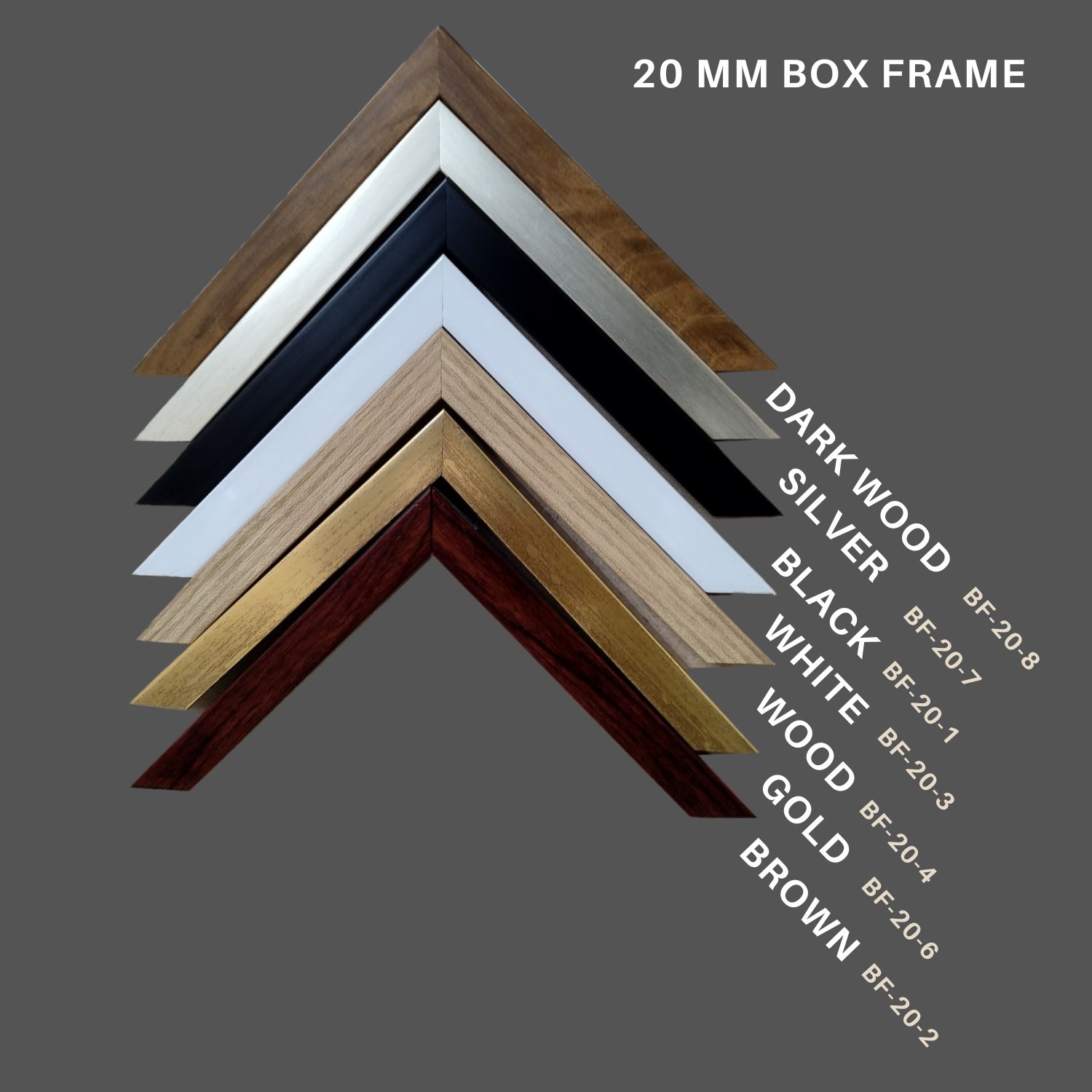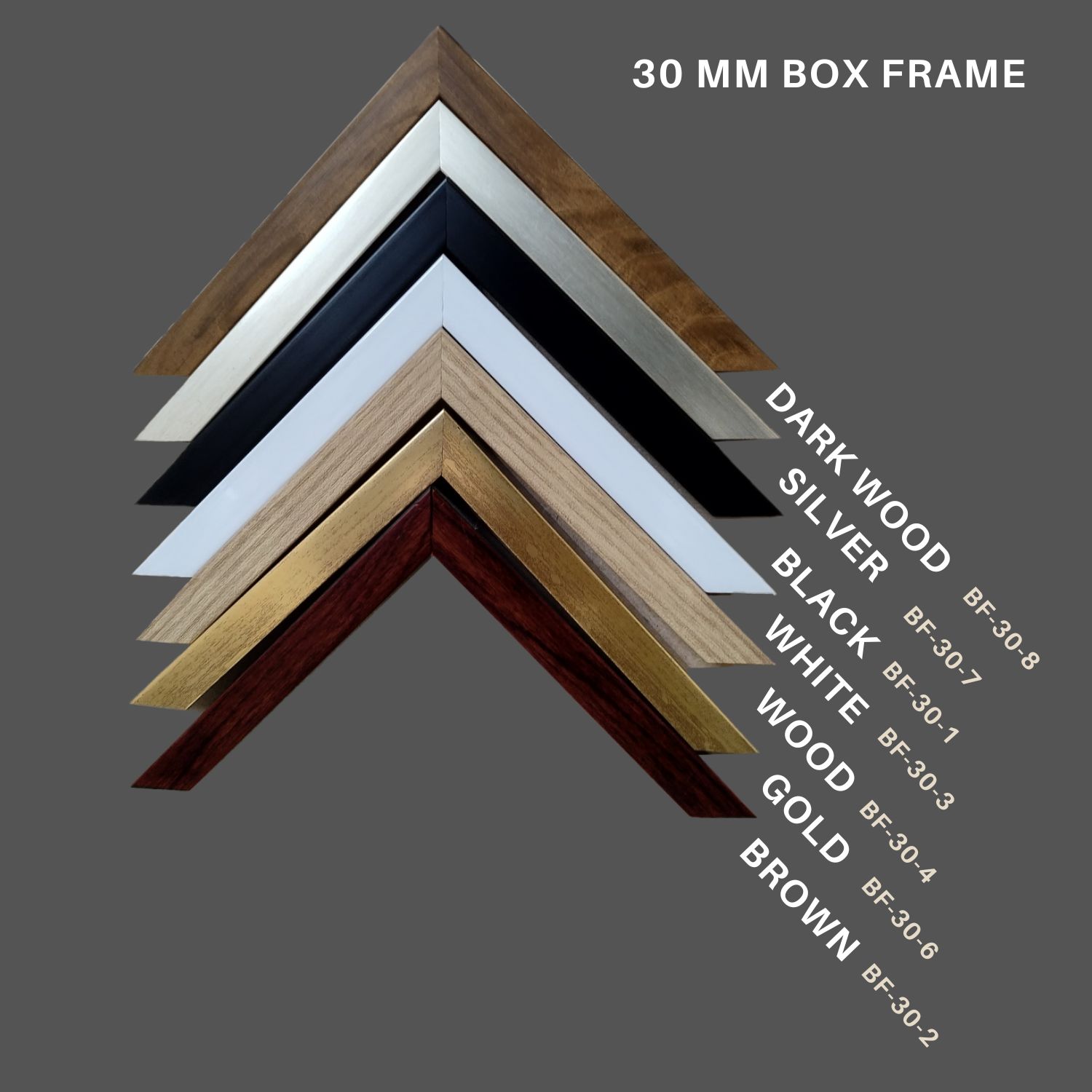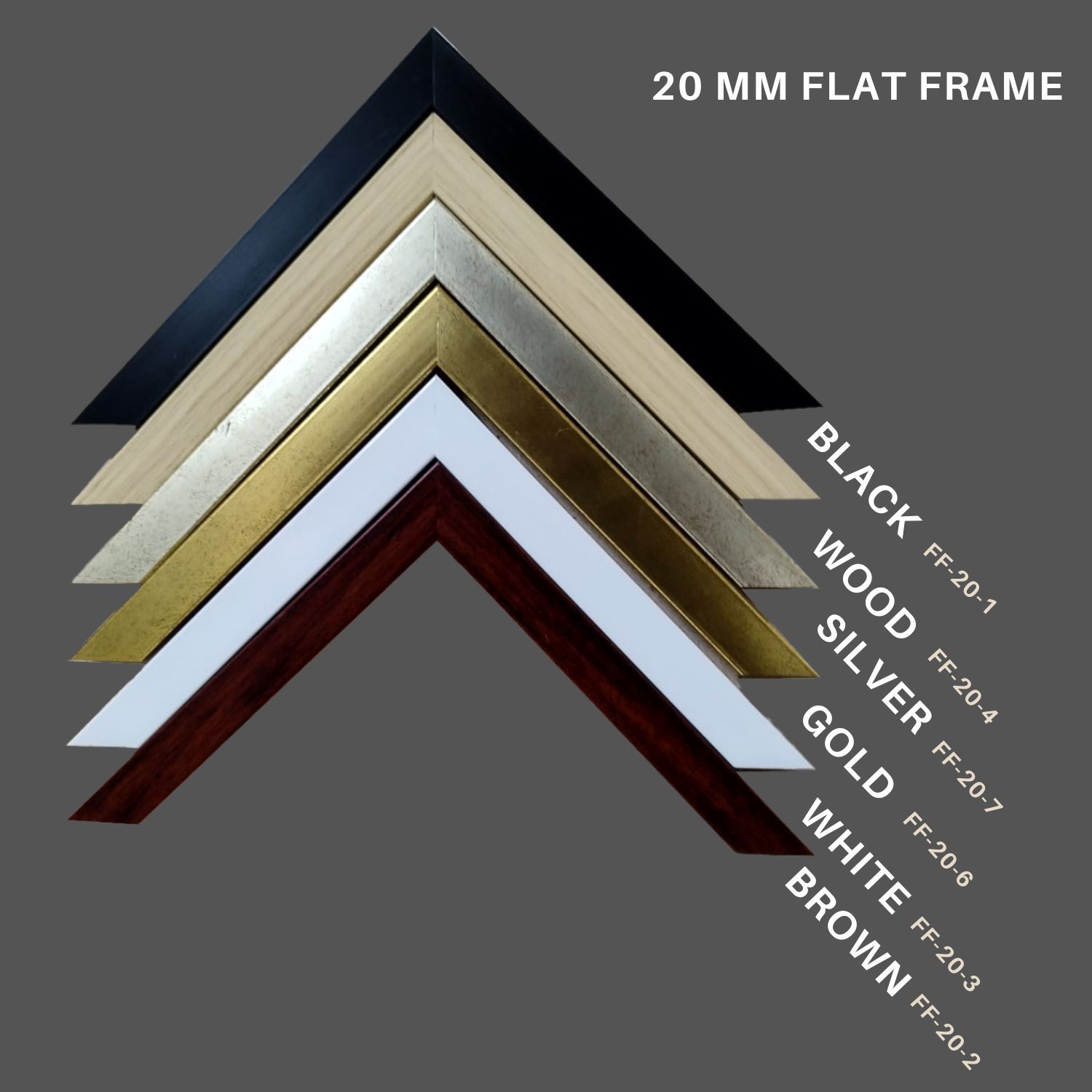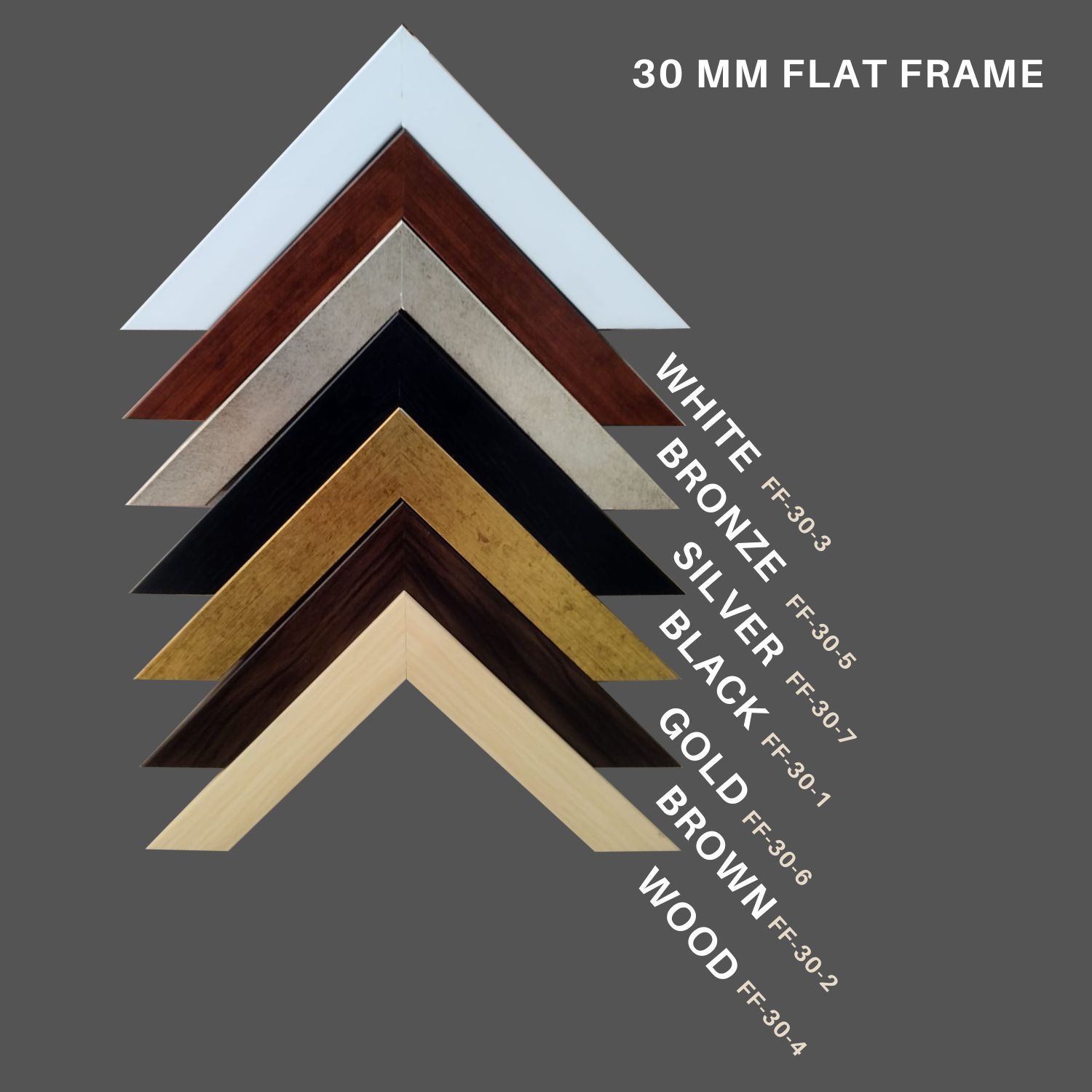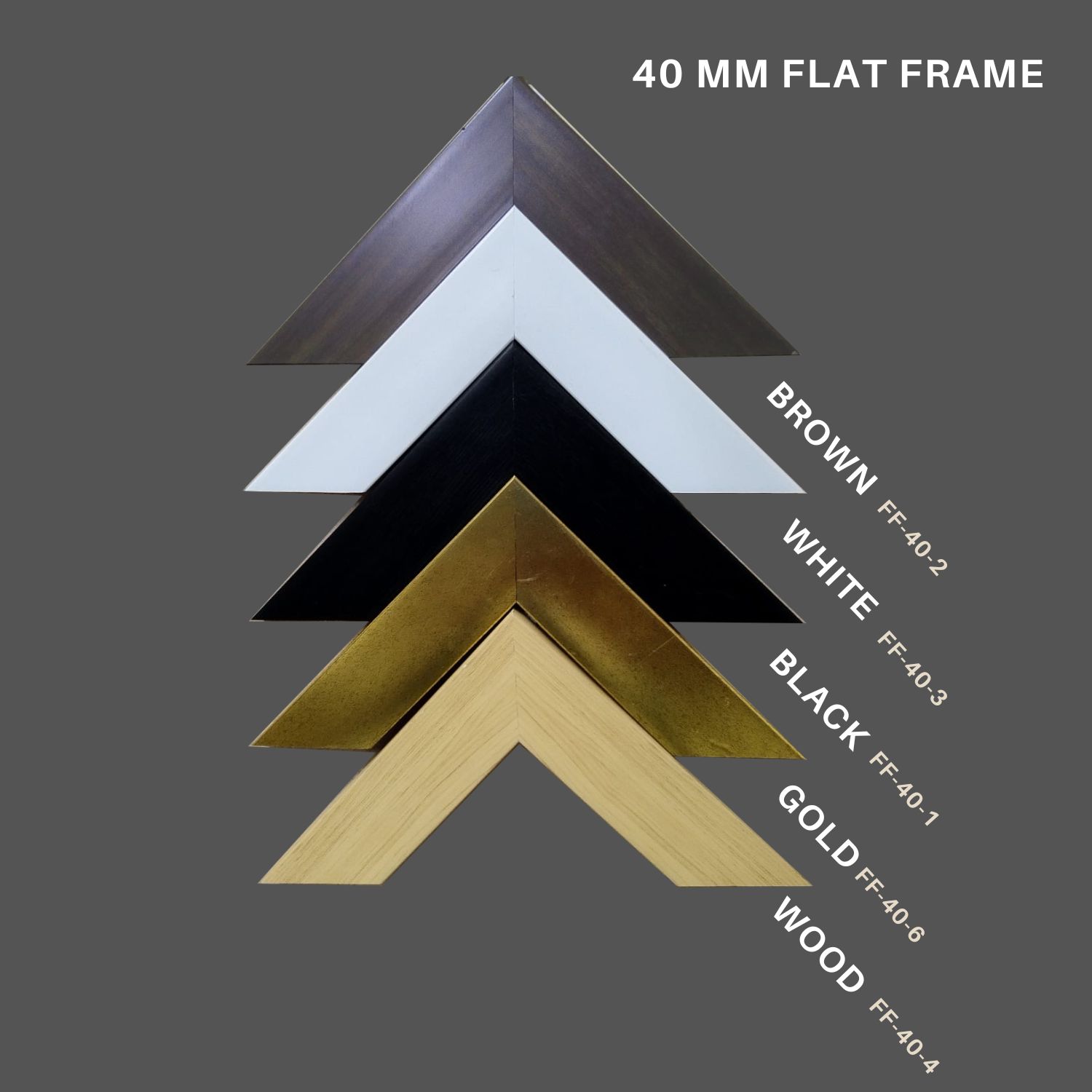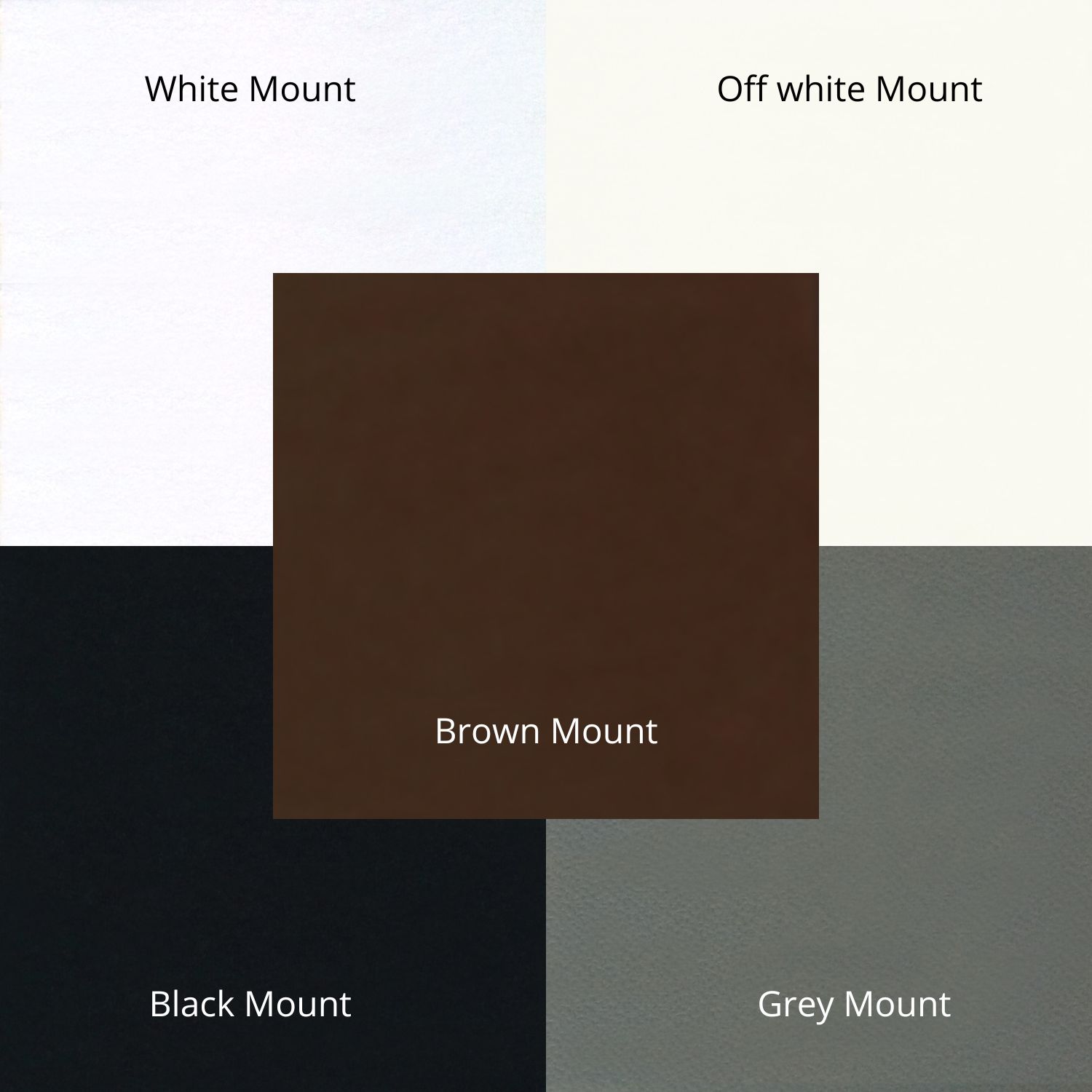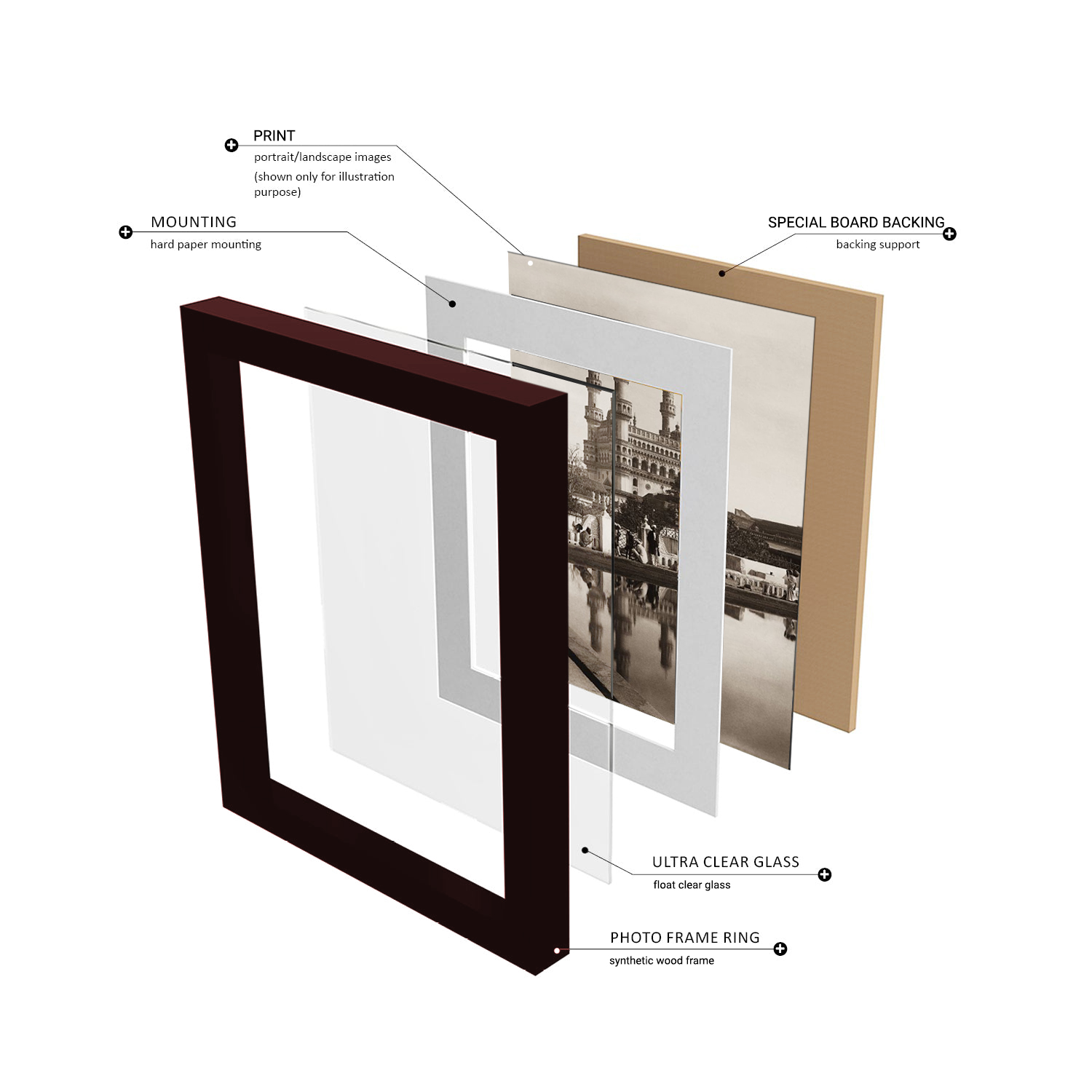DESCRIPTION
Tippoo Sultan's favorite garden, Lalbaug, has a palace built in the middle of it that is almost identical in design to the one in Bangalore. It is located in the south-east corner of the island of Seringapatam. The mausoleum, which is depicted in this image, was constructed over his father's body near the western end of the garden. It has a mosque or a chapel nearby where people can pray. The tomb of Tippoo's cousin Burhaun u'ddien, who was killed at the battle of Sattimungalum in September 1790, is located close to the south-west corner of the dome. The cruel Tyrant is said to have soon after commanded them to be beaten to death with bludgeons attached to the four corners of the tomb, so that a flow of their blood would not defile the holy ground. A pompous and hyperbolic Persian inscription honouring Hyder Aly Khan is written on a black pedestal in front of the mosque.
This is a copy of the etchings from John William Edy etched Colebrooke?s drawings, which were published as 'Twelve views of sites in the Kingdom of Mysore, the land of Tipu Sultan,from drawings taken on the spot? in London in 1794'. The set was enormously popular, resulting in multiple editions of the series.
Dispatch within:
24 hours
Artist Name
Colonel Robert Hyde Colebrooke
Width
560 mm - 22.05 inches
Width Range
Less than 610 mm - 24 inches,610 mm - 24 inches to 1220 mm - 48 inches
Height
430 mm - 16.93 inches
Height Range
Less than 610 mm - 24 inches
Edition
Open Edition
About the Artist
Lieutenant Colonel Robert Hyde Colebrooke, the artist, was a surveyor in the Bengal Native Infantry from 1778 until his death in 1808. He made a series of pictures as part of his duty during the third Anglo-Mysore war. He depicted Seringapatam, Bangalore, and Mysore's hill forts. He is also credited with inspecting Lord Cornwallis' army's routes in 1791 and 1792.
Specifications
This is a high-quality fine reproduction of original rare etching, printed on enhanced matte archival paper with archival inks.
The frames used are high quality synthetic wood box frames or Aluminium frames. The print is protected with either 2.00 mm float glass or acrylic sheet as selected. To make it sturdy, a special board is used for the rear panel and hangers are included on the rear panel.
About the Art form
Mysore etching is a metal engraving technique that developed in Mysore, India. It is a traditional craft that has been handed down from generation to generation of artisans.
The procedure entails etching designs onto metal with a sharp instrument. To create a contrast between the metal and the ink, the designs are then filled with black ink.
Provenance
From the Prshant Lahoti Collection, part of Kalakriti Archives, Hyderabad. A private archive comprising of collection of historical maps, photographs, and popular prints of Indian Sub-continent.
Year
1804
